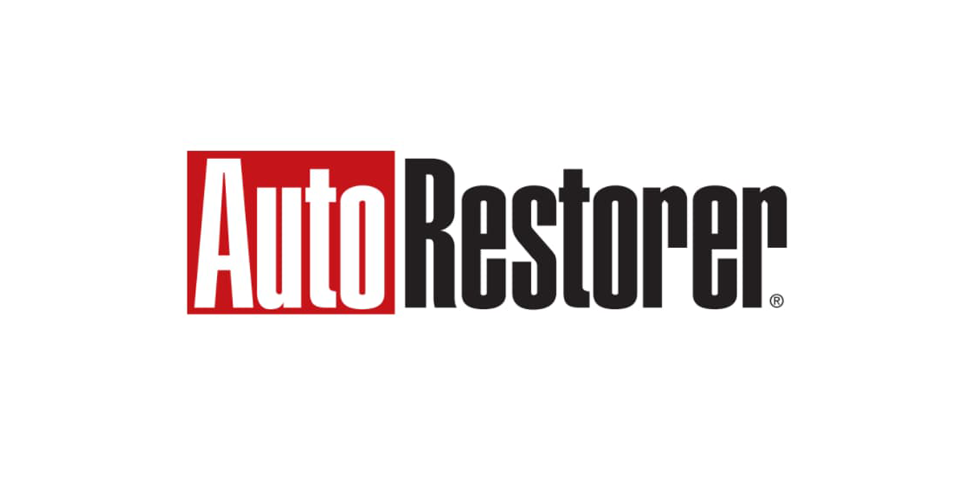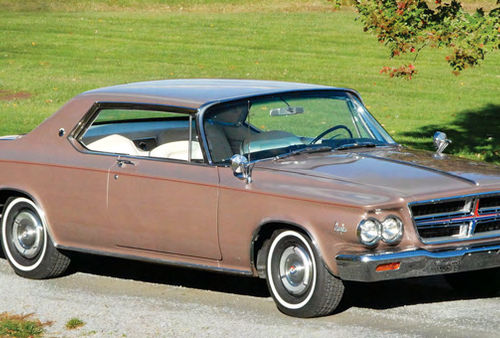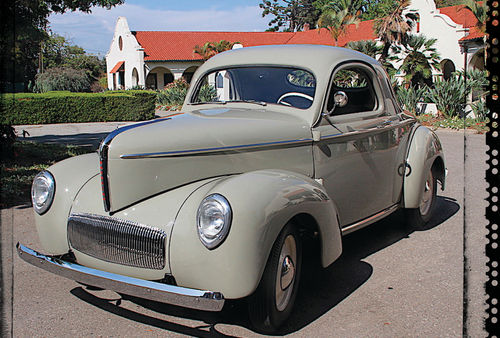Cadillac HT4100 V-8 - Should I rebuild or swap this engine?
Question:
I have a 1985 Cadillac Brougham, the RWD model, with the infamous HT4100 V-8, with only 77,000 original miles. It was garage-kept its entire life and is in excellent condition aside from the engine. It had a broken exhaust manifold bolt on the passenger side.
I took it to a mechanic who ended up removing the one head to drill out that bolt along with a few others that broke while removing the exhaust manifold. After the engine was all put back together it seemed to run fine, but within 2000 miles it threw a rod.
From what I researched on the Internet, it seems this wonder of engineering has an aluminum block that is so weak that GM used iron heads to strengthen the block, and removing just one head would cause the block to warp.
So my question is, what’s the best way to get this car back on the road, going with a new, rebuilt or used “salvage yard” 4.1 V-8, or re-powering with one of the other engines Cadillac used in this body, namely the Olds or Chevy 5.0/5.7 engines used from 1986 to 1992. Is it even possible to rebuild the HT4100? I can’t even find any remanufactured ones, and I’m leery of going with this engine after what I've read about it.
How straightforward is a changeover to the Olds or Chevy? I would try to find a donor car so I would have all miscellaneous parts that are different, like motor mounts, trans cross member, exhaust, and all the little under hood parts. These cars may be worth a little money in excellent shape, but if they're not really nice they aren’t worth much, so I think if ’'m patient I can get a mechanically sound donor that has a few scrapes and bruises for a good price. It looks like the best engine to change to would be the 5.7 Chevy with TBI. The Olds still used a carb.
If I find a donor car with the Chevy, T'll be able to swap the engine/transmission as a unit, so I won't have to worry about figuring out the 4L60 transmission’s TV cable geometry. I’m looking to have a car that is as close to “factory stock” as possible.
I plan on driving this car a lot, and T’ve heard that these engines will still get around 20 mpg. I guess you could say my mind is mostly made up regarding what route to go, but please let me know if I’m missing anything, or if there are any big surprises I’m not aware of. I really want to get this car back into service and don’t want (another) endless project car!
Answer:
By 1985 the 4100 V-8 engine design flaws had been worked out for the most part. The problem with bolts breaking off in the head happens because electrolysis develops between the steel bolts and the aluminum heads, and that is typical of engines made using the two metals together. As for the block warping, I can see how that would cause problems with the head-to-deck mating surfaces such as a leaking head gasket, but I don’t understand how that could result in a blown connecting rod.
Did the engine get low on oil? Did it overheat? Did metal shavings and particles wind up going to the rod bearings? Knowing how it happened isn’t going to fix your engine, but the situation seems curious. I also would like to know if the rod damaged the engine block or cylinder bore, and if the crankshaft is damaged. If the crank is OK and the block is not damaged, it would seem to me that the easiest and most prudent fix would be to simply replace the connecting rod and bearing. |
You would need to check the crankshaft carefully with a micrometer to make sure you can fit a new bearing, and the new rod might not be quite in balance with the other rods, but I don’t see this as a major problem if you are going to drive the car normally. Obviously, repairing your original engine would cost a fraction of what an engine swap would entail, and considering the overall value of the car at this point I think I would go for a repair if possible.
Simply bolting the alternative Oldsmobile or Chevrolet engines in would not be difficult, but hooking up all the other components could be problematic. Fact is, nothing other than another 4100 would be an easy swap. The cruise control and fuel economy display are integrated into the DEFI computer for example. All the considerable electrical wiring and components are different, as is the exhaust routing, and all the accessories such as the alternator and air conditioning compressor are in different locations with different hookups.
The placement of the air conditioning and the alternator wouldn't be a big challenge if you dropped in a complete engine with all of its accessories from another car, but the wiring and electrical could get messy.
Also, your resulting swap would have to meet the smog laws of your state. In California you can use a later engine and its components, but you can't switch to an earlier engine that won't comply with the standards for your car. Also, as you say, you would have to switch to the original transmission for your new engine because of the bell housing bolt patterns and the way your current transmission is shifted.
If you are doing the job yourself and you don’t need the car for transportation—and if you take your time and work things out one problem at a time—the swap is certainly possible. But if you will have to pay a mechanic the going rate to do the transplant, the cost would exceed the resale value of the car by the time you are done.















